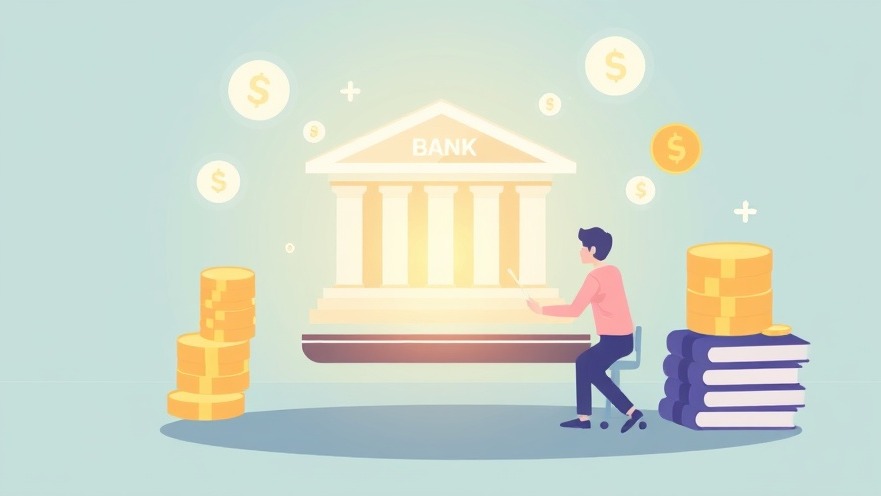
Seamless Integration: How to Sync Your iPhone and iPad Effortlessly
If you're looking to keep your iPhone and iPad in perfect harmony, you're not alone. Many of us utilize multiple Apple devices throughout our day, and ensuring they are synchronized is crucial for efficiency, especially in finance where timely updates matter. Here’s a straightforward guide to getting your devices synced.
Step 1: Ensure Software Compatibility
Before you dive into syncing, it’s essential to ensure that both of your devices are compatible. They should be operating on iOS or iPadOS 11 or newer. Regular updates not only enhance security but also bring new features that simplify tasks like syncing.
Step 2: iCloud Setup
iCloud is the backbone for syncing your devices. Open the Settings app on both devices and verify that you're signed in with the same Apple ID. This ensures that the information stored in iCloud is accessible across your devices, centralizing your data management.
Step 3: Enable App Syncing
Now, it’s time to select which apps you want to sync. In the iCloud Settings, toggle on the switches for apps such as Contacts, Calendars, and Photos. This step ensures that relevant information is synchronized promptly, allowing an easy flow of data between your devices.
Connection Methods: Wi-Fi vs. Bluetooth
For syncing to occur, both devices should be on the same Wi-Fi network. Alternatively, syncing can be done via Bluetooth or USB if you prefer moving files selectively using AirDrop or Handoff features.
Manual Syncing for Special Needs
If one of your devices can’t update to the required software, connecting through iTunes for manual syncing may be necessary. This can be helpful for finetuning the process or transferring files as needed.
Now that you know how to sync your devices, you're set to maximize their functionality. Stay organized and connected!
For more tips on leveraging technology in your financial practices, explore our resources and stay ahead in this digital world.
 Add Row
Add Row  Add
Add 



 Add Row
Add Row  Add
Add 


Write A Comment